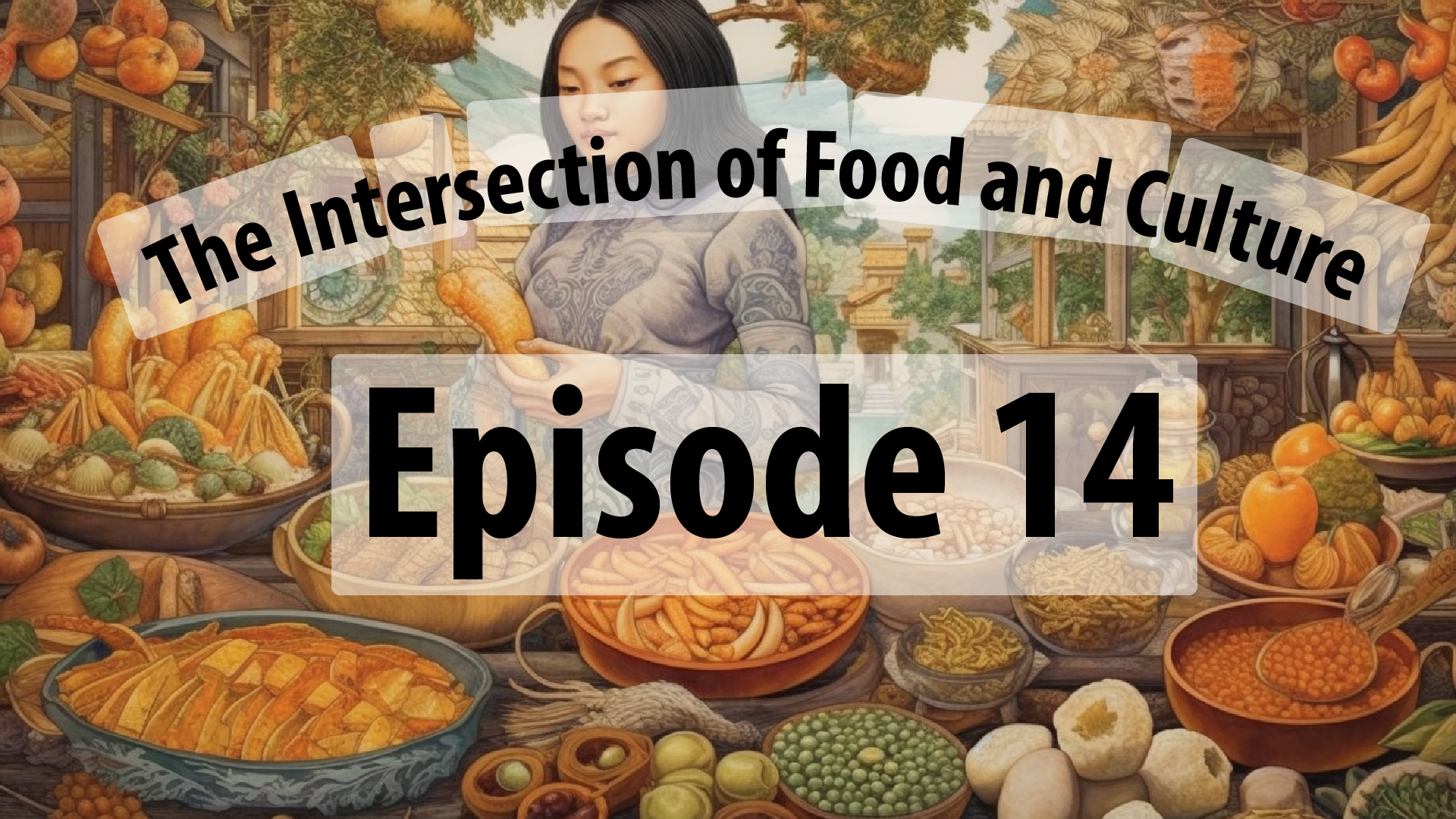The Intersection of Food and Culture

The Culinary Contours: Provocations at the Nexus of Food and Culture
In the intricate tapestry of human civilization, few threads are as intertwined and vibrant as food and culture. From ancient times to the present day, the convergence of these two spheres has shaped societies, cemented identities, and fostered harmony and discord. However, in our contemporary age, we must shed light on the deeper nuances of this intersection and reexamine the prevailing narratives that often overlook the complex interplay between gastronomy and culture. In this essay, I endeavour to engage with the topic critically, employing the tools of historical analysis, cultural critique, and philosophical inquiry to unravel the manifold layers of the relationship between food and culture.
Section 1: Cultural Transmission Through Gastronomy
Food is an intricate vehicle for transmitting cultural traditions, beliefs, and values across generations. Each culinary tradition embodies a unique narrative, reflecting historical migrations, conquests, and interactions. Yet, we must be cautious not to romanticize these culinary narratives as sacrosanct and immutable. The idea of "authentic" cuisine is a construct that disregards the dynamic nature of cultural exchange.
Consider the case of pasta, often associated with Italy. While it is true that pasta has become synonymous with Italian culture, its origins trace back to ancient China. It was through the silk routes and the subsequent Arab invasions of Sicily that pasta found its way to the Italian peninsula. This example demonstrates how cultural encounters and borrowings shape culinary identities, challenging the notion of a monolithic and static food culture.

Section 2: Culinary Hegemony and Cultural Imperialism
The complex interplay between food and culture extends beyond the realm of gastronomy itself. Historically, culinary traditions have been exploited as dominance and cultural imperialism tools. The colonial era is a stark reminder of how European powers imposed their culinary preferences onto colonized societies, often denigrating local cuisines as inferior or unsophisticated.
The British colonization of India provides a telling illustration of this phenomenon. As the British Empire sought to consolidate its control, it imposed its dietary habits, including the consumption of meat-based dishes, on the Indian populace. This led to the marginalization of vegetarianism, a dietary choice deeply ingrained in Indian culture. Colonial powers attempted to subjugate both bodies and cultural identities by devaluing indigenous culinary practices.
Section 3: Globalization and Culinary Homogenization
Globalization has accelerated the homogenization of culinary landscapes, blurring cultural boundaries and eroding traditional practices. Fast food chains, multinational corporations, and mass production have commodified food, stripping it of its cultural context and reducing it to a uniform, standardized product.
The ubiquity of global food franchises in cities worldwide has led to declining local culinary diversity. Homogenized menus cater to mass tastes, sacrificing the richness and peculiarities of regional cuisines. The dominance of global food conglomerates perpetuates a form of cultural imperialism, eradicating unique flavours and replacing them with a bland, homogenous gastronomic experience.
Section 4: Rediscovering Culinary Authenticity
In the face of culinary hegemony and cultural homogenization, there is a growing movement to rediscover and celebrate local food cultures. Advocates argue for revitalizing traditional culinary practices, promoting sustainability, and preserving biodiversity. Culinary traditions gain renewed significance by valuing local ingredients, becoming a potent expression of cultural identity.
Reviving traditional foodways necessitates critically examining the industrial food system and its harmful effects on human health and the environment. Informed consumer choices, such as supporting small-scale farmers and local producers, can foster a more sustainable and culturally diverse food landscape.
Conclusion:
The intersection of food and culture is a realm replete with historical, social, and philosophical significance. By challenging conventional wisdom and embracing intellectual rigour, we can navigate the intricate contours of this relationship and unveil its multifaceted nature. We can dismantle the reductive narratives surrounding food and culture through critical engagement, revealing the rich tapestry of culinary traditions, cultural exchanges, and power dynamics that shape our gastronomic experiences. Only by questioning the status quo and embracing the diversity of culinary expressions can we forge a future that truly celebrates the authentic, local, and transformative potential of the foods we consume.


